2025 Impact Report - Together, we turned a month into a movement
If anyone ever says your efforts don’t make a difference, forget the Dynasty slap — just drop this link to our 2025 Impact Report. Proof that together, we pack a serious punch.
Individually, we maybe just one drop, but together we created a powerful wave.
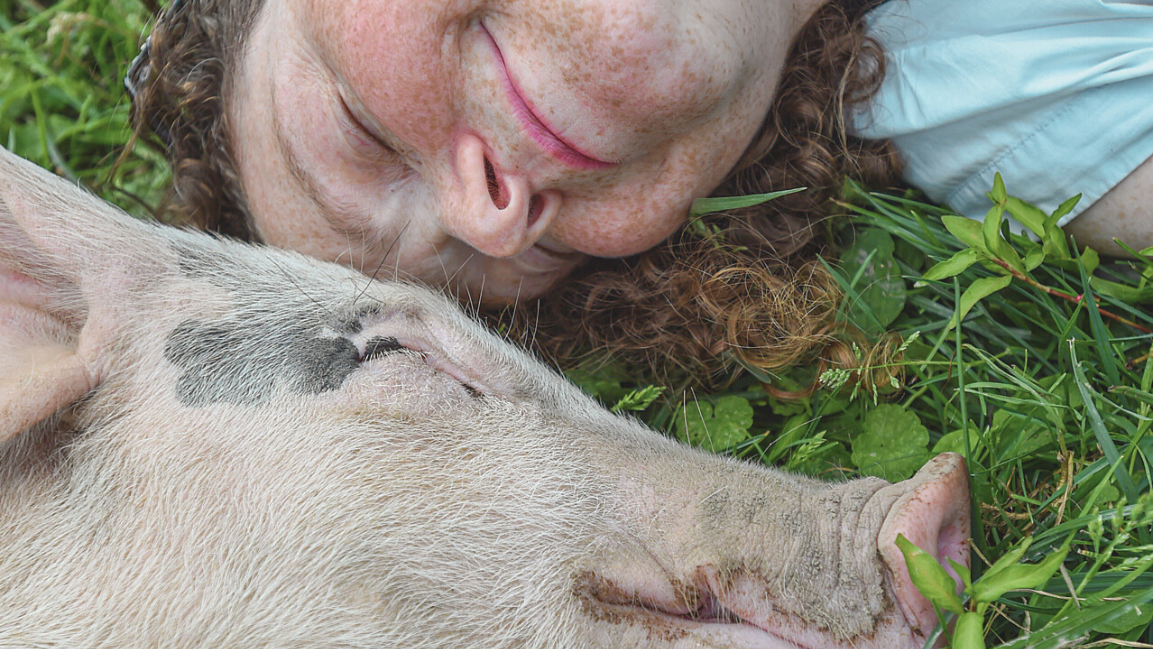
The 2025 No Meat May Challenge
43,534 people across 70+ countries took on the 2025 challenge — joining a growing global community of 340,000+ since 2013.
And on average, each one of these changemakers inspired one more friend or family member to ditch meat in May and opt for high-fibre sustainable plant-proteins.
That's close to 700,000 people showing that change is not only possible—it’s delicious.
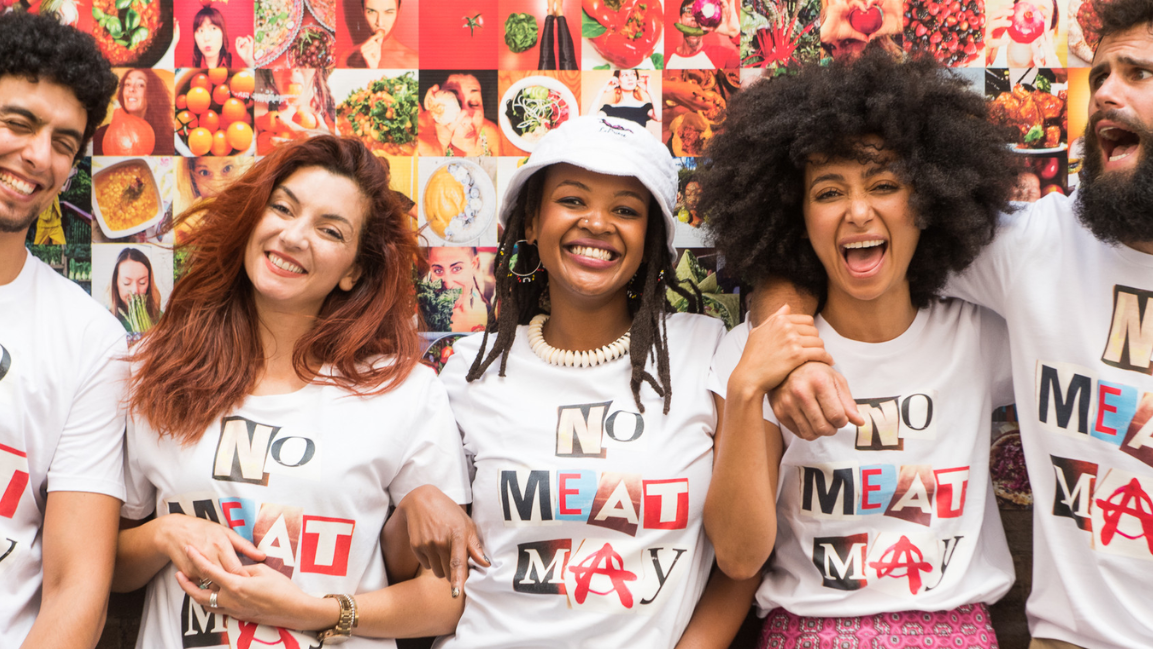
No Meat May participants are eating a LOT less meat and animal products
92% of people report they’ve cut down or cut out meat and animal products after completing the challenge. 21% eliminated all meat.
Survey results show a collective:
64% reduction in red & processed meat consumption
50% reduction in chicken meat
With 35% of participants eliminating red and processed meats, and 26% eliminating chicken meat ongoing.
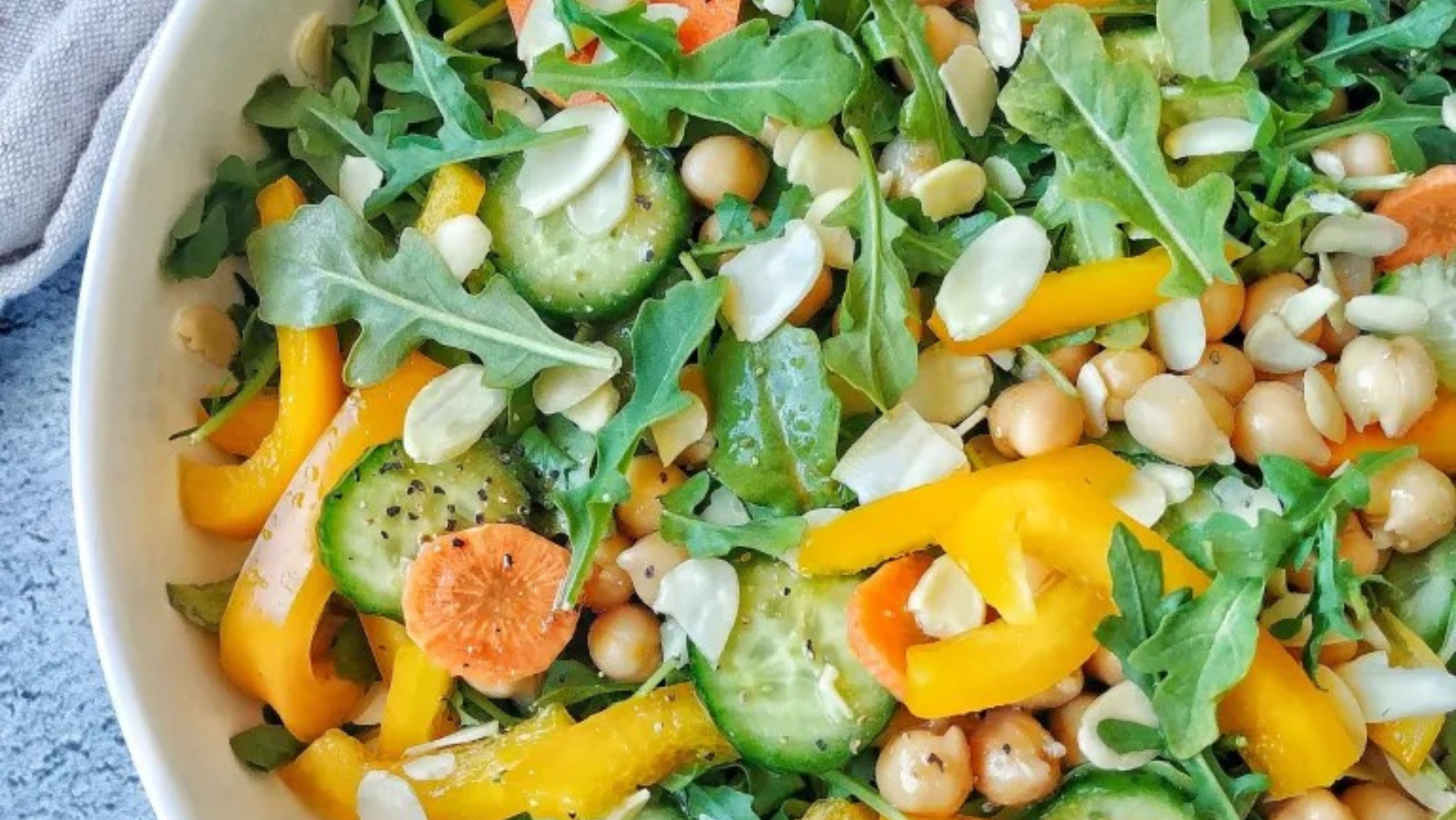
No Meat May participants are eating a LOT more fibre!
After taking part in No Meat May people are eating healthier, and reducing their risk of many chronic diseases by replacing meat with more of the high-fibre good stuff. Survey results show a collective:
38% increase in consumption of high-fibre fruit & vegetables
67% increase in heart-healthy pulses and legumes
57% increase in nutrient-rich nuts and seeds

Greenhouse gas reductions:
an estimated saving of 26,120 tonnes of CO₂ equivalent gases each year, or 1.045 Million tonnes over 40 years.

Crops freed up:
18,502 tonnes of crops per year no longer needed as animal feed, equalling 740,080 tonnes over 40 years — more land/ calories available to feed more people.
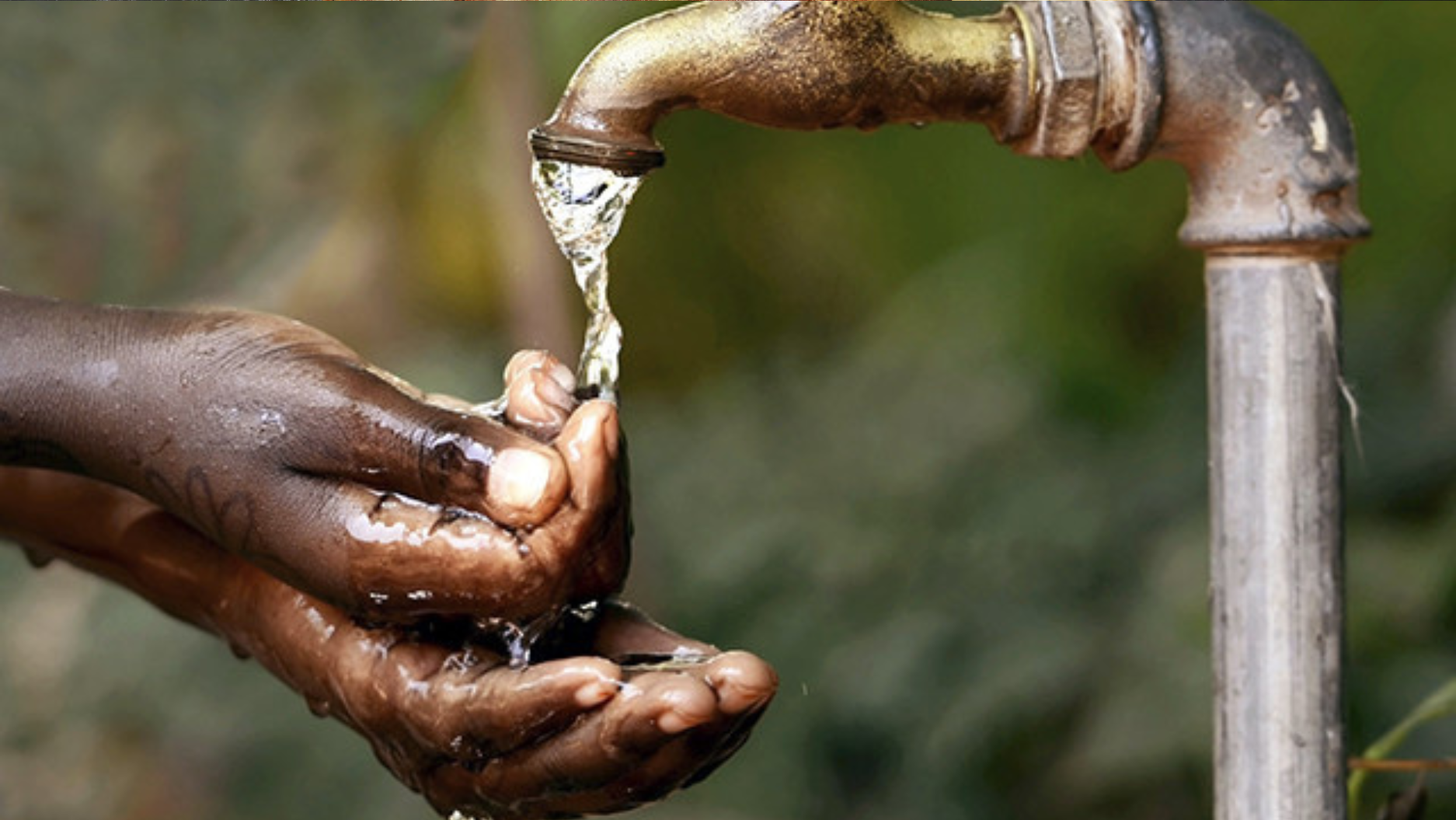
Water savings:
about 11.9 billion litres/year, summing to 476 billion litres saved over 40 years.
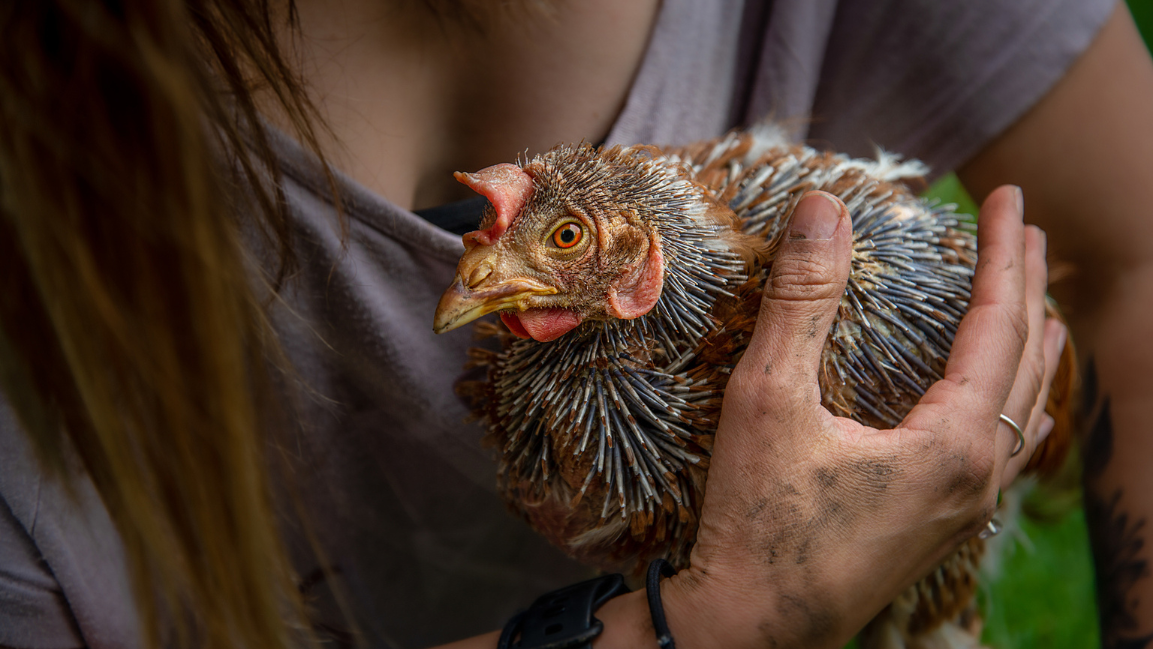
Animals spared:
1,331,778 animals spared in May alone (land & sea, including bycatch/feed fish).
Over 40 years, the reported long-term behaviour changes add up to hundreds of millions of sea animals and tens of millions of land animals spared.

Why people joined
There are so many reasons to shift toward plant-rich eating. We asked our participants to tell us all of the reasons why they signed up.
Health topped the list—nearly 4 in 5 (79.9%) joined to lower their risk of chronic diseases.
Close behind are planet and animals: about 69.0% want to live more sustainably and 67.7% want to help end factory farming.
Crucially, this isn’t just a one-month experiment: 61.0% say their goal is to reduce or eliminate meat ongoing.
and the food itself is a major drawcard—our recipes, cookbooks and meal plans inspired 60.7% to sign up.
A second cluster of motivations rounds out the picture: people want to shrink their footprint (53.0%) and get more creative in the kitchen (52.4%), with sizeable concern for deforestation/species loss (47.4%), food security (41.8%), and overfishing (40.6%).
Personal agency matters too—37.1% joined because they believe they can make a difference—while public-health concerns (e.g., bird flu) motivate 32.3%. Saving money is a nice bonus (27.7%), and the Facebook community helps (21.5%). There are so many reasons to No Meat May, but the core appeal is clear: health first, ethics and climate close behind—made doable by great food and practical resources.
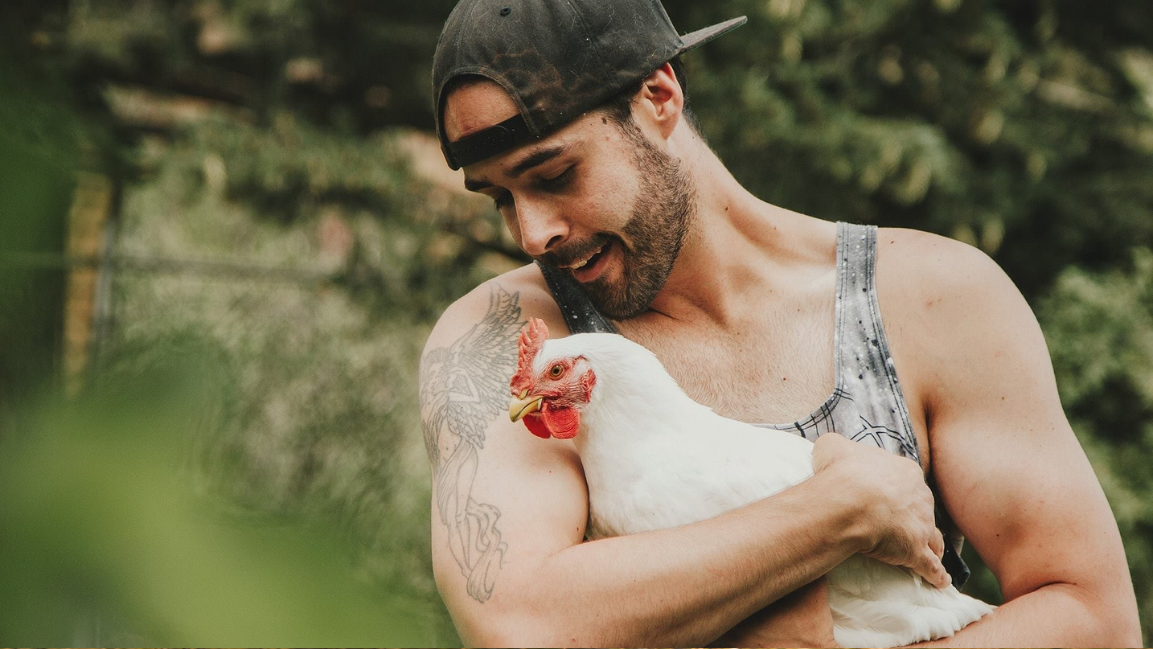
At the heart of it all, No Meat May shows that when thousands of people take small steps together, the results are extraordinary — for our health, for animals, and for the planet we share. Every meal is a chance to make a difference, and the ripple effect of one month continues long after May ends.
Thank you to everyone who joined us in 2025 — we can’t wait to grow this powerful wave of change even further in 2026.
Try out our Impact Calculator, to see what difference you can make over time.
https://www.nomeatmay.org/about/impact
Read on to understand the maths behind the numbers.

Behind the numbers (some math for us pointy heads)
We compared participants’ self-reported eating in April 2025 (pre-challenge) with July 2025 (10 weeks post-challenge) to estimate longer-term behaviour change. Headline figures shared above are based on the 43,534 registered participants...
the thousands of friends and family who joined the challenge without registering are not counted in these impact estimates.
Climate impact:
- Baseline: The average participant’s food-related footprint was taken as on average 2.5 tonnes of CO₂ equivalent gases per year.
- After No Meat May: average reductions in food related emissions equate to approx. 0.6 t CO₂ equivalent gases per year per person.
- Multiply average reduction by 43,534 participants → approximately 26,120 tonnes of CO₂ equivalent gases saved per year; assume average change sustained over the next 40 years → approximately 1.045 Million tonnes of CO₂ equivalent gases.
these figures include production emissions from food; they exclude additional drawdown potential from rewilding/land-use change if less land is used for livestock.
Water savings:
-
Baseline: What we eat and drink makes up about half of our water footprint; and a healthy plant-rich diet typically uses about half the freshwater of a meat-heavy diet.
- After No Meat May: the average participant reports changes in their eating habits equivalent to an approximate 25% reduction in their freshwater use for food. (25% x 3,000 litres/day x 43,534 participants).
-
Totals: 25% × 3,000 litres/day × 43,534 people ≈ 11.9 billion litres/year; over 40 years → approximately 476.7 billion litres of water saved.
Crops saved:
- Why this matters: animal-based foods require significantly more resources than most plant-based foods - more land, more water, more feed inputs. (e.g., soy); almost 80% of global soy is fed to livestock to produce farmed meat.
- The animal feed required to produce meat ranges from 4.5kg of feed to produce 1kg of chicken meat to up to 25kg of feed to produce 1kg beef.
- Observed change: participants’ reductions in animal products equate to approximately 50% less animal feed required per person — about 425 kg of crop feed saved per year each.
- Totals: 18,502 tonnes of crops/year; over the next 40 years → approximately 740,080 tonnes of crops saved.
Animals spared:
- Baselines: average animals consumed per person per year (e.g., 23.7 chickens, 0.7 Turkeys, 0.4 Pigs, 0.1 Cows, 0.1 Ducks, 151 sea animals, bycatch animals, sea animals used as feed etc.).
- May 2025 alone: multiply average animals consumed per month by 43,534 participants - 1,331,778 animals spared.
- Apply 2025 behaviour changes (e.g., 50% less chicken, 64% less red meat, 26% less sea animals). Multiply by 43,534 participants × 40 years to get lifetime-style totals by species. “Feed fish” are included based on an average 50% reduction in feed ratios per average consumer.
- If 2025 behaviour change on average holds for 40 years:
- Chickens: 20,743,068
- Pigs: 448,301
- Cows: 112,075
- Turkeys: 612,664
- Ducks: 47,741
- Sea animals eaten: 72,566,831
- Bycatch animals: 21,961,015
- Sea animals used as feed: 125,377,920
Caveats: These are good-faith estimates from self-reported data, rounded for readability. They’re conservative because (a) we exclude unregistered family/friends who joined in, and (b) climate figures omit potential land-use change benefits from rewilding.
References
The Carbon Foodprint of 5 Diets Compared - Shrink That Footprint
What are the carbon opportunity costs of our food? - Our World in Data
The Water Footprint of Diets: A Global Systematic Review and Meta-analysis - ScienceDirect
Feed-to-Meat - Conversion Inefficiency Ratios - A Well-Fed World



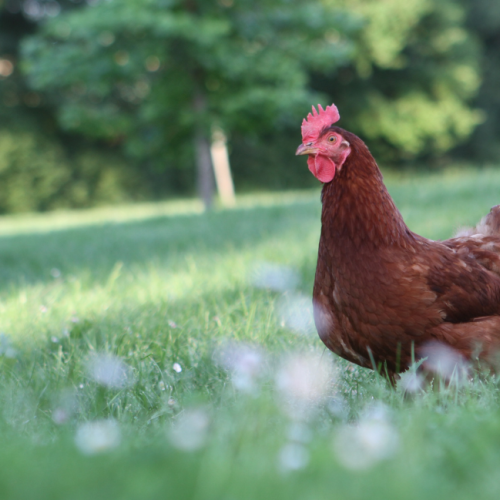
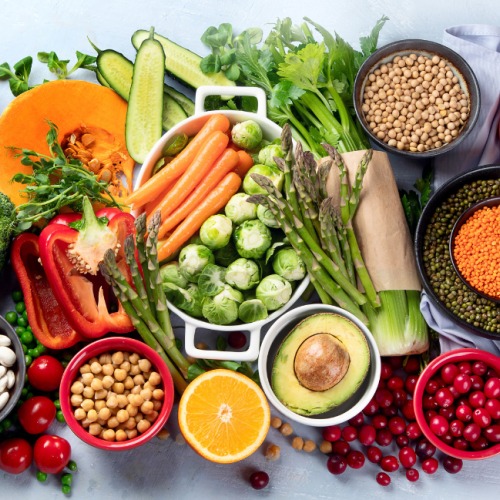





4 Comments
I’m not against you, I have been eating an animal free diet for 30 years. I applaud all the wonderful “ thinking” people who have “seen the light”
I’m waiting for the day I hear news that an abattoir somewhere has closed down because the demand for meat is so low the business is no longer viable.